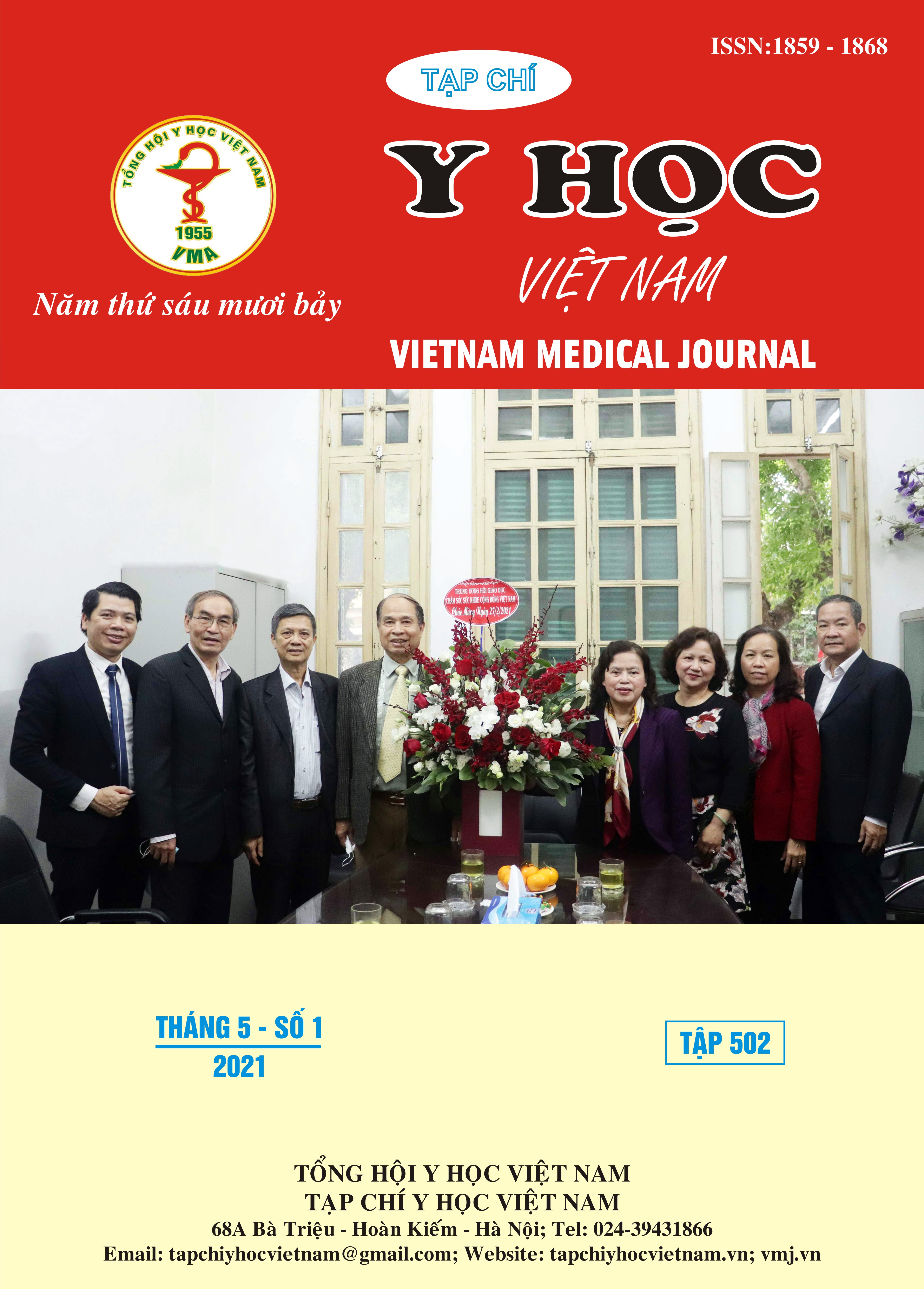AN IN VITRO STUDY ON INSTRUMENT FRACTURE IN PREPARINGDENTAL ROOT CANALS WITH MANUAL PROTAPER SYSTEM
Main Article Content
Abstract
Objective: This study aimed to investigate the instrument fracture in preparing root canalswith manual Protaper system. Materials and methods: This in vitro study was carried out on 50 proximal canals (including the buccal-mesial and lingual-mesial canals) of the mesial root of lower molars in adults; the rootswere intact and apically closed, with canal curving in the range 10º-40º according to the Schneider 1971 method. Mesial canals were prepared to the F3 instrument. Each protaper set would be manipulated until the tool in the working set broke down. The number of canals manipulated in each set would be recorded. Tooth containing the fracture were analyzed through Cone Beam Computed Tomography Scan (CBCT) to determine the length of the fracture, and also to investigate the correlation of the fracture with the tip and the canal entrance dimension. Result: The maximum number of prepared canals was 10 ± 2.7 canals. The average fracture length was 2.13 ± 1.26mm. The average distance from the top of the fragment to the tip of the tooth was 3.09 ± 1.60mm. The average distance from the tip of the fragment to the entrance of the canal was 5.97 ± 1.84mm. The instrument with the highest fracture rate was file S1. Conclusions: The possibility of fracture in the manual Protaper file system occurs when the instrument has compiled 10 ± 2.7canals. No tools were broken during first preparation. The instrument with the highest fracture rate is file S1. When tool breakage occurs, the average fracture length is 2.13 ± 1.26mm. The fracture tends to be closer to the tip of the tooth than towards the entrance of the canal.
Article Details
Keywords
Reparing root canals, instrument fracture, manual Protaper system
References
2. Đinh Thi ̣Khánh Vân, “Sửa soạn hệ thống ống tủy (Làm sạch và tạo dạng hệ thống ống tủy)”, Giáo trình giảng dạy bộ môn Nội Nha, Đại học Y Dược TPHCM.
3. Berutti Elio, Chiandussi Giorgio, Paolino Salvatore Davide, Scotti Nicola, Cantatore Giuseppe,Castellucci Arnaldo, and Pasqualini Damiano (2012) "Canal Shaping with WaveOne Primary Reciprocating Files and ProTaper System: A Comparative Study."Journal of Endodontics, 38( HYPERLINK "http://www.sciencedirect.com/science/journal/00992399/38/4" \o "Go to table of contents for this volume/issue" 4 ), pp.505-509
4. Bùi Quế Dương (2008), "Nội nha lâm sàng", Nhà xuất bản Y học xuất bản lần thứ 2, tr. 91-107, tr. 155-165
5. Wu Jintao, Lei Gang, , Yan Ming,Yu Yan,Yu Jinhua, and Zhang Guangdong (2011) "Instrument Separation Analysis of Multi-used ProTaper Universal Rotary System during Root Canal Therapy."Journal of Endodontics, 37(6), pp.758-763
6. Varela-Patin˜o Purificacio´n, Iban˜ez-Pa´rraga Adalce, Rivas-Mundin˜a Berta, Cantatore Giuseppe, Otero Luis Xose´, and Martin-Biedma Benjamin (2010) "Alternating versus Continuous Rotation: A Comparative Study of the Effect on Instrument Life."Journal of Endodontics, 36 (HYPERLINK "http:// www.sciencedirect.com/ science/journal/00992399/36/1" \o "Go to table of contents for this volume/issue" 1 ), pp.157-159
7. Schneider S.W. (1971), “A comparision of canal preparation in straight and curved root canals”, Oral Surg Oral Med Oral Pathol, 32(2), pp.271-5.
8. Spili Peter, Parashos Peter, and Messer H. Harold(2005) "The Impact of Instrument Fracture on Outcome of Endodontic Treatment". Journal of Endodontics, 31(12), pp.845-850


